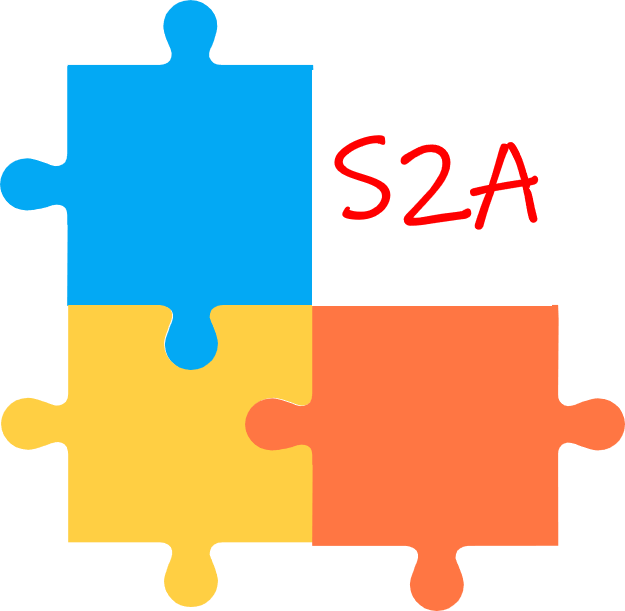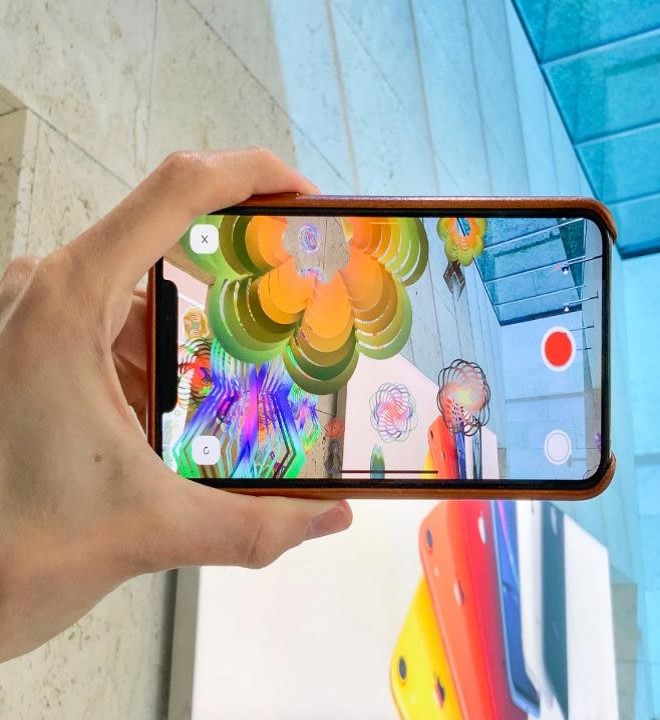The current generation of school-goers have access to a string of technologies that are transforming the way learning is experienced – both in academic and non-academic settings.
Children now have access to a lot of actionable information on smart platforms from a wide array of sources. At the click of a button, or more likely a voice query, they can search for their favorite book, song, and apparel from across the globe and order them from the comfort of their homes. The COVID – 19 pandemic brought traditional in-person schooling to an abrupt halt. Still, thanks to smart technologies, a large percentage of school-going children continue to have access to education in a structured manner.
All of this has been possible due to continued advancements in the technology backbone and delivery mechanism, including high-speed internet and smart devices. Content creators and educators from across the globe can now publish their content that becomes instantly available to students in any part of the world. Searching for content is now much easier and faster. The use of voice and video technologies to both search and interact is mainstream.
With the proliferation of content, advancements in technology, and access to enabling devices and infrastructure, there are several exciting opportunities to enhance the learning experience of children. Here are a few applications that we believe would have a substantial impact.
- Question Answering: “It is not the answer that enlightens, but the question.” This is a well know saying, and children love to ask questions. This is a natural way of learning for most of them. As parents, many of us have experienced this first hand. However, it is not always possible for parents and teachers to provide constant supervision and answers to the questions. Many a time, this acts as a dampener to the natural inquisitiveness of children.
Artificial Intelligence is there to help. State of the art Natural Language Understanding (NLU) algorithms not only use individual word-based approaches to language understanding but are also able to use the semantics and context of the content. This has opened up various possibilities for interesting applications, including question answering. With the right content in place, one need not spend disproportionate time and effort creating FAQs for children. This task can now be delegated to the AI pipelines that can search for a suitable answer from documents with little or no supervision. These approaches go beyond the search techniques that rely heavily on the meta and mostly word-based information of the content.
This increases the availability of answers to questions and also enhances the timeliness and accuracy of response. Children need not postpone or suppress their natural curiosity and questions or sift through a long response list from search engines. They can build on their curiosity anytime, anywhere!
- Personalization of learning experience: All of us are aware that each child learns differently. They may need both different styles of content presentation (such as text, stories, videos, and games) as well as different learning pathways. As more children consume more content, it is now possible to analyze vast amounts of data and figure out traits of children both as distinct groups and even further as individual consumers (something like personalized medicine!). Think of extending the algorithms that provide movie recommendations and shopping cart recommendations and those that recommend the next move in a complex strategy game such as Go or Chess to education. Such assistance is expected to help each child realize their potential.
This kind of personalization is nearly impossible in a group setting such as classrooms and even during online sessions, which are generally designed for mass consumption.
- Immersive content: “I hear, and I forget. I see, and I remember. I do, and I understand.” said Confucius, and we can’t agree more. Understanding is fundamental to learning and its practical application
More often than not, children do not get a chance to “do” things they have learnt. It may be so because it may be practically infeasible to perform the action, there may not be enough resources, or it may be very expensive to create a live experience.
Technology again comes to our aid. Augmented reality, virtual reality, and mixed reality-based content delivery is expected to play a crucial role in bringing live experience within reach of students to enable understanding beyond rote learning. These technologies are at different levels of adoption and reach because of the maturity of technology, cost of delivery, and availability of content for these delivery methods. With significant investments being made in these, we see many of these coming within our reach now. Most smartphones now come equipped with Augmented Reality applications that children can use to enhance their experience. For example, children can very easily juxtapose the avatar of their favorite animal on their surroundings and even interact with it.
We, at S2A, believe that the use of the right technology would play a key role both in improving the depth and reach of education and improving the learning outcomes. These are exciting times; watch this space for more!



Comments are closed